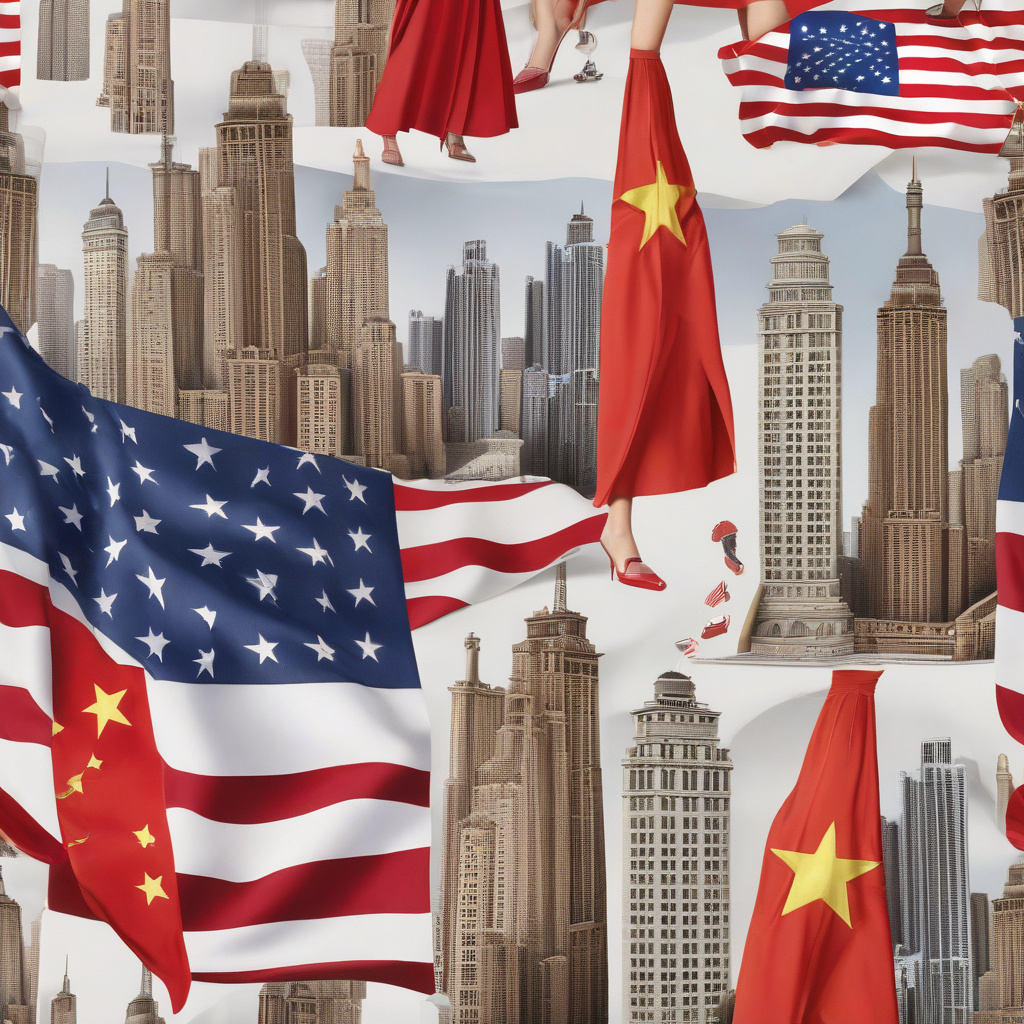Navigating the US-China Trade War: Implications for the Fashion Industry
In recent years, the global economy has been rocked by the trade tensions between the United States and China. President Trump’s implementation of high tariffs on Chinese imports, coupled with the closure of the de minimis tax loophole, has sent shockwaves through various industries, including fashion. American fashion businesses are now facing unprecedented challenges as they grapple with the implications of this ongoing trade war.
The Impact of Tariffs on the Fashion Industry
The imposition of tariffs on Chinese goods has had a significant impact on the fashion industry. Many American fashion companies rely heavily on Chinese manufacturers for the production of their goods. The increased cost of importing these goods due to tariffs has put a strain on the bottom line of these businesses. As a result, many companies have been forced to either absorb the additional costs or pass them on to consumers in the form of higher prices.
Furthermore, the uncertainty surrounding the trade war has made it difficult for fashion companies to plan for the future. Fluctuating tariff rates and the ever-changing trade policies between the US and China have created a volatile business environment, making it challenging for companies to make long-term strategic decisions.
The End of the De Minimis Tax Loophole
In addition to the tariffs, the closure of the de minimis tax loophole has added another layer of complexity for American fashion businesses. The de minimis threshold previously allowed goods under a certain value to be imported into the US without incurring customs duties. However, the closure of this loophole means that more goods will now be subject to tariffs, further increasing the cost of importing goods for fashion companies.
Navigating the Challenges Ahead
As American fashion businesses navigate the challenges posed by the US-China trade war, they are being forced to rethink their supply chain strategies. Many companies are now exploring alternative manufacturing options outside of China to mitigate the impact of tariffs. Countries such as Vietnam, Bangladesh, and Mexico have emerged as potential alternatives for sourcing goods, offering lower production costs and reduced exposure to the trade war.
Moreover, some fashion companies are focusing on diversifying their product offerings to include more domestically produced goods. By investing in local manufacturing capabilities, companies can reduce their reliance on Chinese imports and insulate themselves from the fluctuations in the global trade landscape.
Looking Ahead
The US-China trade war has undoubtedly created a turbulent period for the fashion industry, with American businesses facing unprecedented challenges in navigating the shifting trade policies. As companies continue to adapt to this new reality, agility and flexibility will be key to weathering the storm and emerging stronger on the other side.
In conclusion, the US-China trade war has forced American fashion businesses to reassess their supply chain strategies and explore new ways of doing business in a rapidly changing global economy. By staying ahead of the curve and embracing innovation, fashion companies can position themselves for long-term success in spite of the challenges posed by the trade war.
#USChinaTradeWar, #FashionIndustry, #TariffsImpact, #SupplyChainStrategies, #GlobalTradeconomics












